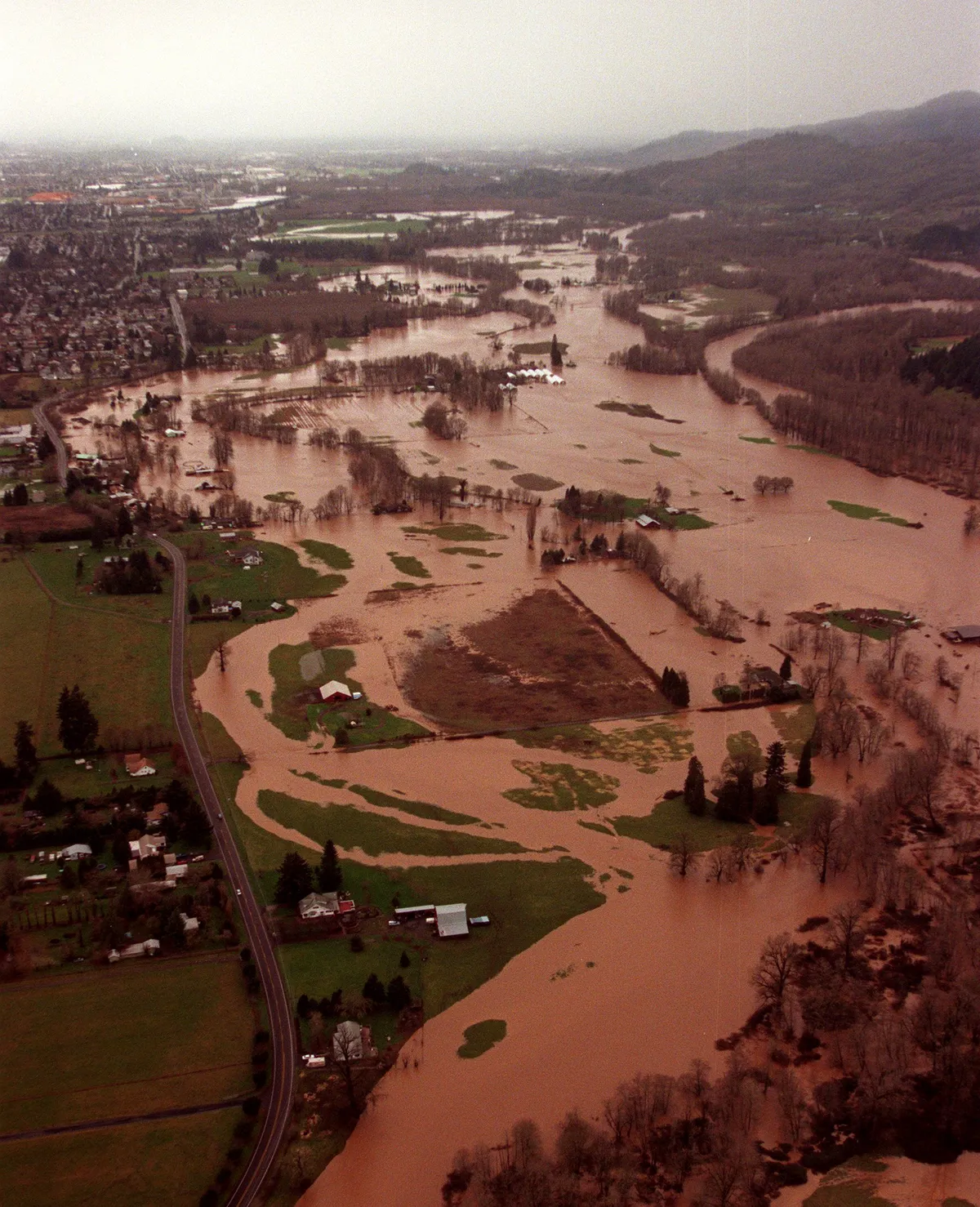|
|
|
- GOVERNMENT AFFAIRS UPDATE - |
|
|
What You Need to Know About the NFIP-ESA Integration
Floodplain Development Changes and Property Rights
The Federal Emergency Management Agency (FEMA) is undertaking significant changes to the National Flood Insurance Program (NFIP) in Oregon to integrate compliance with the Endangered Species Act (ESA). This initiative aims to ensure that floodplain development does not jeopardize ESA-listed species or their critical habitats. As REALTORS, it's crucial to understand these developments and their implications.
Background
Prompted by an environmental advocacy groups’ lawsuit, the National Marine Fisheries Service issued a Biological Opinion in 2016 highlighting that certain NFIP activities in Oregon could adversely affect ESA-listed species or their habitats. In response, FEMA drafted the Implementation Plan for NFIP-ESA Integration, outlining proposed standards for communities to align floodplain management with ESA requirements. The plan emphasizes achieving "no net loss" of floodplain functions, including flood storage, water quality, and riparian vegetation.
Pre-Implementation Compliance Measures (PICMs)
Starting in July 2024, FEMA began directing NFIP-participating communities in Oregon to identify how they currently meet, or plan to meet, ESA requirements. Communities were required to implement interim measures, known as Pre-Implementation Compliance Measures (PICMs), to protect habitats and work towards "no net loss" of floodplain functions by December 1, 2024. PICM options for communities were:
Failure to comply would put communities out of compliance with NFIP, which could result in:
Most local governments have chosen the “permit-by-permit” PICM approach. This requires the local planning/building department to review the assessment and confirm “no net loss” through development techniques and mitigation.
FEMA anticipates the Final Implementation Plan to be issued by 2026 with full implementation of the plan in 2027.
What Does This Mean for Properties in Floodplains?
These requirements may have broad impacts on affected properties. Stricter floodplain regulations could devalue properties, making it harder for homeowners to sell or refinance. Increased building restrictions could stifle growth. New construction and renovations in floodplains will face individual scrutiny and potential mitigation requirements or restrictions.
FEMA has published directions on how to determine if a property is within an impacted floodplain area. (Link below in resources.)
Those considering development or renovation of affected properties should review permitting requirements by contacting their local planning/building department.
Oregon REALTORS® is part of a coalition, Oregonians for Floodplain Protection, advocating against and bringing legal challenges to fight FEMA’s requirements.
What YOU Should Do
Resources for Further Information
FEMA directions to determine if property is in floodplain area: https://www.fema.gov/sites/default/files/documents/fema_r10-nfip-esa-oregon-plan-area-directions.pdf
Oregon REALTORS® information on changes and advocacy actions: https://oregonrealtors.org/national-flood-insurance-program-changes/
Oregonians for Floodplain Protection coalition website: https://floodplainprotection.org/
|

